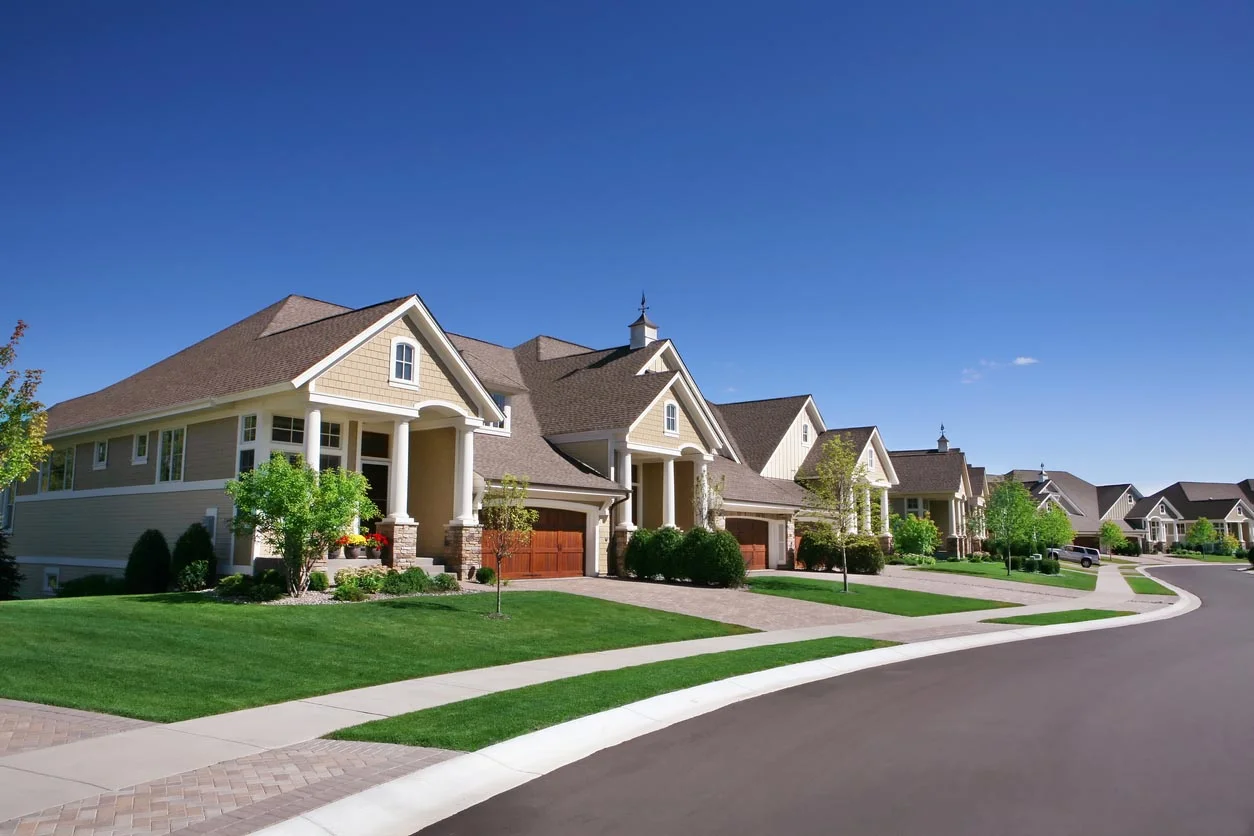Choosing the perfect place to call home is a pivotal decision, and one crucial factor that should be at the forefront of your considerations is the safety of the neighborhood. Ensuring your new dwelling is situated in a secure area not only fosters peace of mind but also contributes to the overall well-being of you and your loved ones. In this comprehensive guide, we will explore five essential tips to help you assess neighborhood safety before renting a home in 2023.
1. Navigate Crime Rates and Statistics With Precision
In an era dominated by information, arming yourself with accurate crime rates and statistics is the first step in evaluating a neighborhood’s safety. Numerous online platforms offer real-time crime data, providing invaluable insights into the security landscape of a prospective area. Websites like CrimeMapping and NeighborhoodScout are treasure troves of information, offering a breakdown of both property and violent crimes.
Delve into the historical trends of crime rates, paying close attention to any noticeable fluctuations. Additionally, consider factors such as the frequency of police patrols and the presence of community policing initiatives, as these elements contribute significantly to the overall safety of a neighborhood.
2. Time-Tested Wisdom: Visit the Neighborhood at Different Times
The ambiance of a neighborhood can undergo a significant transformation depending on the time of day. What may seem like a peaceful haven during daylight hours might unveil a different persona at night. To capture the full spectrum of a neighborhood’s character, make it a point to visit at various times, including evenings and weekends.
Take a stroll or drive through the area, observing the level of activity and the behavior of residents. Assess the adequacy of street lighting and the overall visibility after dark. This hands-on approach provides a firsthand experience that statistics alone may not encapsulate, offering a more nuanced understanding of the neighborhood’s safety.
3. Community Cohesion: Check for Engagement and Neighborhood Watch Programs
A community that actively collaborates in the pursuit of safety is likely to be a secure and desirable place to reside. Investigate whether the neighborhood exhibits a strong sense of community engagement and if residents actively participate in neighborhood watch programs. These initiatives showcase a collective effort to safeguard the community and its residents.
Engage with locals by attending community events or joining online forums. Inquire about existing safety initiatives and the community’s commitment to fostering a secure environment. A neighborhood with an active and vigilant community is often indicative of a safer living space.
4. Infrastructure Matters: Evaluate Street Lighting and Essential Services
The physical attributes of a neighborhood play a pivotal role in ensuring its safety. Adequate street lighting not only enhances visibility but also acts as a deterrent to criminal activities. Evaluate the condition of roads, sidewalks, and public spaces, as well-maintained infrastructure reflects a community’s commitment to the well-being of its residents.
Consider the proximity of essential services such as hospitals, police stations, and fire departments. Swift access to emergency services is critical in addressing unforeseen situations promptly, contributing to the overall safety and security of the neighborhood.
5. Local Insights: Speak with Current Residents
Harness the power of local knowledge by engaging with current residents of the neighborhood. Their experiences and perspectives provide invaluable insights into the day-to-day safety of the area. Utilize online platforms, community forums, and social media groups to connect with residents and gather firsthand information.
Initiate conversations with locals when visiting the neighborhood, inquire about their experiences, and seek their opinions on safety. Their candid accounts will offer a realistic portrayal of the neighborhood’s safety and help you make an informed decision.
Conclusion: Navigating Your Path to a Secure Home
Selecting a neighborhood is not just about finding a physical space; it’s about choosing a community that aligns with your safety expectations. By meticulously researching crime rates, experiencing the neighborhood at different times, checking for community engagement, evaluating infrastructure, and engaging with current residents, you empower yourself to make a decision that ensures both comfort and security.
Remember, safety priorities may vary from person to person, so tailor your assessment to align with your unique needs and preferences. Your diligence in evaluating neighborhood safety will not only lead you to the perfect home but also contribute to a secure and harmonious living experience.
Once you decide on a safe neighborhood, don’t let your guard down. Stay vigilant in protecting your home from porch pirates using the information below.
Infographic provided by CCTV Supplier, Eye Trax.
For additional insights on finding your dream home and cultivating a safe living space, explore home motivated.

